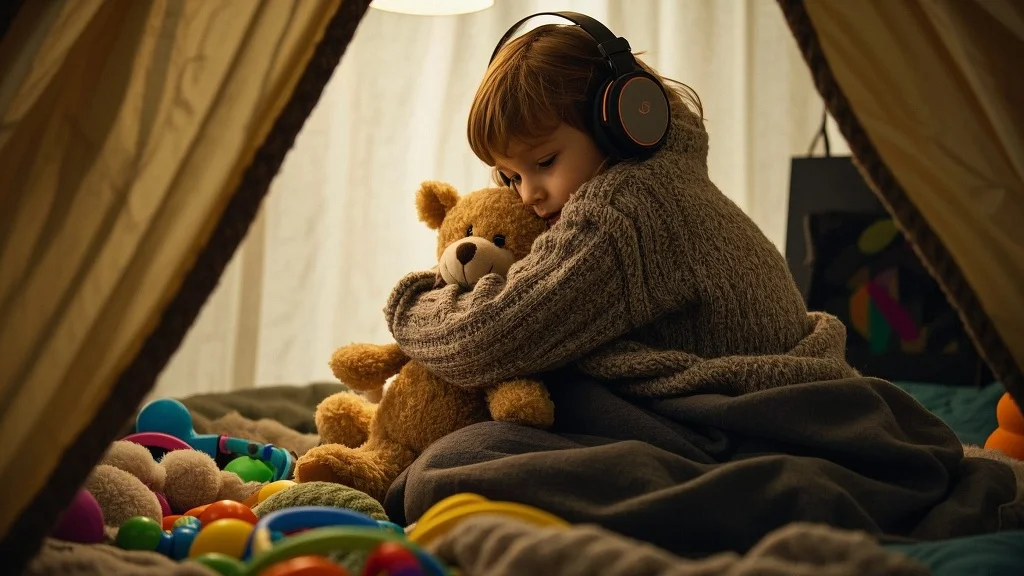**⏰ Why the Time Change Is Hard on Kids**
Losing just one hour of sleep disrupts children’s:
✔ Mood (more meltdowns!)
✔ Appetite (hungry at odd times)
✔ Focus (harder to concentrate)
Expert Insight:
“Children need more sleep than adults and struggle with sleep deprivation. Even a small change can impact their behavior.”
— Dr. Daniel Lewin, Sleep Medicine Specialist
🌙 5 Steps to Smoother Transitions
1. Start Early (4 Days Before)
- Spring forward: Shift bedtime 15 minutes earlier each night.
Example: 8:00 PM → 7:45 PM → 7:30 PM → 7:15 PM → 7:00 PM by DST. - Fall back: Shift bedtime 15 minutes later each night.
- Bonus: Adjust meals and naps too!
2. Use Light Strategically
- Evenings: Dim lights + no screens 1 hour before bed (blue light disrupts sleep hormones).
- Mornings: Maximize natural light—eat breakfast outside or brighten indoor lights.
3. Stick to the Routine
A consistent bedtime ritual (bath → book → cuddles) helps kids adjust faster.
4. Prioritize Extra Sleep
- Before DST: Ensure kids are well-rested to handle the change.
- After DST: Offer extra patience—grumpiness lasts ~1 week.
5. Lead by Example
Kids mimic parents! Adjust your own sleep schedule and avoid caffeine late in the day.
**⏳ How Long Until Adjustment?**
Most kids adapt in 3–7 days. For toddlers/sensitive sleepers, allow up to 2 weeks.
Pro Tip: Use blackout curtains in spring (later sunsets) + sunlight alarms in fall (earlier sunrises).
😴 Extra Tips for Exhausted Parents
- For younger kids: Try “clock training” with a visual timer.
- For older kids: Explain the time change—they’ll feel more in control.
- For you: Sneak in a 20-minute nap when possible!








